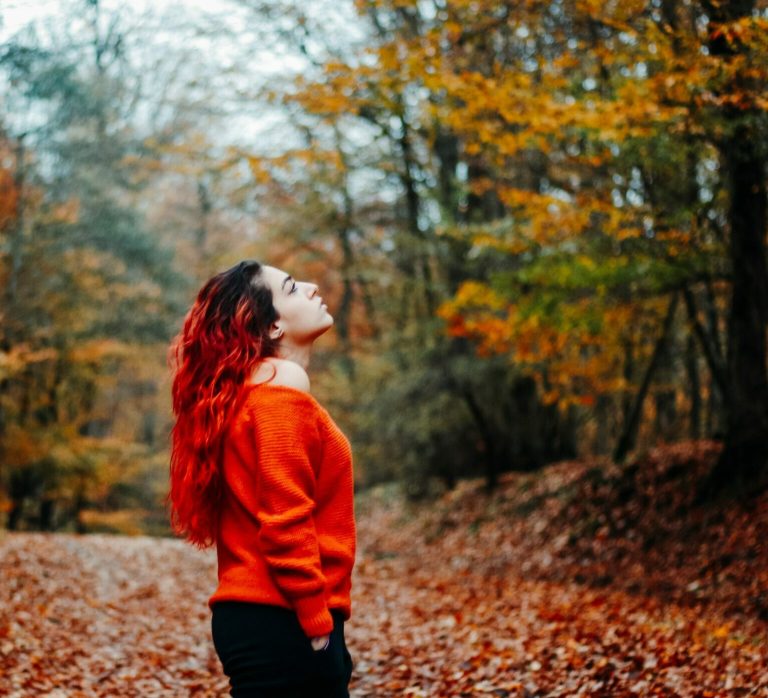Use Sensory Detail to Bring Setting to Life
Fiction writers often ignore setting. Or it’s casually brushed over as if the writer begrudgingly knows something ought to be said about the place her character is in and just wants to “get it over with” and move on to the interesting elements in the scene.
An attitude like that shows a complete lack of understand of how powerful setting is.
Setting is perhaps the most versatile and useful element in fiction. It can reveal character motivation, backstory, past trauma, and the story’s cast, as well as reveal emotion and supply tension.
While I’m tempted to go into all the many ways setting can be used effectively in fiction, I’ll restrain myself and instead direct you to two excellent resources that I highly recommend every writer purchase and read thoroughly: The Rural Setting Thesaurus and The Urban Setting Thesaurus, by Angela Ackerman and Becca Puglisi. Everything you need to know about writing masterful setting can be found in these two volumes.
Using sensory detail is the key to bringing setting alive. And it’s not about coming up with a few random sights, smells, sounds, or textures but about carefully choosing these elements via POV so that they not only bring a locale to life but share something helpful about the character experiencing the setting.
As with character description, what your POV character notices should tell the reader something about him. It shouldn’t be just a list of factual, objective details. Characters, as with real people, should be affected by the setting they’re in, and that’s why carefully choosing where to set your scenes is important.
This description comes from Carlos Ruiz Zafón’s masterpiece Shadow of the Wind:
We walked down the stairs again, and when we reached the ground floor, Julián made his way to the library. The shelves were empty, the fireplace choked with rubble. The walls, a deathly pale, flickered in the breath of the flame. Creditors and usurers had managed to remove every last bit of it, most of which must be lost in the twisted heaps of some junkyard by now. . . .
When Julián comes to a door hiding a painful memory and dark secret, he kicks it in rage and forces his way inside.
A glutinous darkness came at us from the other side. A little further back, the form of a staircase could be discerned. Black stone steps descended until they were lost in shadows.
This place evokes tremendous emotion and memory for Julián, but the POV character Daniel is narrating, and so “his” choice of words” embody what he is experiencing as he looks around and watches what transpires. This is a place that holds secrets of cruel killings and death, and so Zafón deliberately uses words and phrases like “deathly pale,” “flickered in the breath of the flame” (giving the feel of tenuous, frail life), “twisted heaps,” and “glutinous darkness.”
Even using simple words like black and lost and shadows connect to the events, memories, and emotional content this setting holds for Julián.
A master wordsmith will consider every word and choose carefully when depicting a setting.
Weather and Mood
One other important function of setting description is to set a mood, and the choice of words used bear that weight. Keep in mind that it’s not just the setting that affects the character’s mood but the way she responds to the setting will be described to reveal her mood.
Here is another passage from the same book, which brings mood and weather into play:
That Sunday, clouds spilled down from the sky and swamped the streets with a hot mist that made the thermometers on the walls perspire. Halfway through the afternoon, the temperature was already grazing the nineties as I set off towards Calle Canuda for my appointment with Barceló, carrying the book under my arm and with beads of sweat on my forehead. . . . A grand stone staircase led up from a palatial courtyard to a ghostly network of passageways and reading rooms. . . . I glided up to the first floor, blessing the blades of a fan that swirled above the sleepy readers melting like ice cubes over their books.
Zafón’s passage combines the elements of the weather with bits of physical description, setting a mood for the locale that affects what his character notices. He’s keenly aware of the heat, and though he never thinks Boy, it’s hot, we sense his discomfort by the beads of sweat, the appreciating for the swirling fan, and his observation of the melting readers.
Here’s another passage from the same book, again, showing how the weather description helps set the mood of the character:
A reef of clouds and lightning raced across the skies from the sea. . . . My hands were shaking, and my mind wasn’t far behind. I looked up and saw the storm spilling like rivers of blackened blood from the clouds, blotting out the moon and covering the roofs of the city in darkness. I tried to speed up, but I was consumed with fear and walked with leaden feet, chased by the rain. I took refuge under the canopy of a newspaper kiosk, trying to collect my thoughts and decide what to do next. A clap of thunder roared close by, and I felt the ground shake under my feet. . . . On the flooding pavements the street lamps blinked, then went out like candles snuffed by the wind. There wasn’t a soul to be seen in the streets, and the darkness of the blackout spread with a fetid smell that rose from the sewers. The night became opaque, impenetrable, as the rain folded the city in its shroud.
Using strong and effective verbs and adjectives will help you craft setting descriptions that are masterful.
Why not spend some time working on your setting descriptions so that every word you use serve a purpose in revealing your character’s personality and state of mind in that moment?
Do you spend time thinking about the weather in your scenes and how it can set mood and reflect the mood of your character? Got any nice weather passages from a novel you would like to share in the comments?
 To write great fiction, you need to create powerful settings that immerse your readers in your world!
To write great fiction, you need to create powerful settings that immerse your readers in your world!
There’s more to crafting powerful settings than just plucking out a few details and slapping them together; it’s about selecting ones that create a sensory experience, since description that offers real texture often triggers emotions and memories for readers, making them live the story emotionally through the characters.
In storytelling, our number one job as writers is to make readers care. We want to ensure that our fiction captivates them on many levels and that our characters seem like living, breathing people who continue to exist in readers’ minds long after they read “the end.”
When it comes to characters, showing rather than telling is the most powerful means of providing insight into their personalities. Letting readers see for themselves who our characters are through their behavior and interaction with their setting is much more riveting than our explaining it through pages of information.
Do you want to learn all the nuances about crafting powerful settings to bring your fiction fully to life? Then enroll in Crafting Powerful Settings! You’ll get lifetime access to all the hours of videos and handouts. Every day we writers need to keep honing our craft so we can write brilliant stories!
Watch the intro video in this new course here!
Photo by Lisanto ??? on Unsplash











